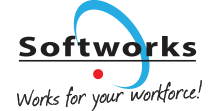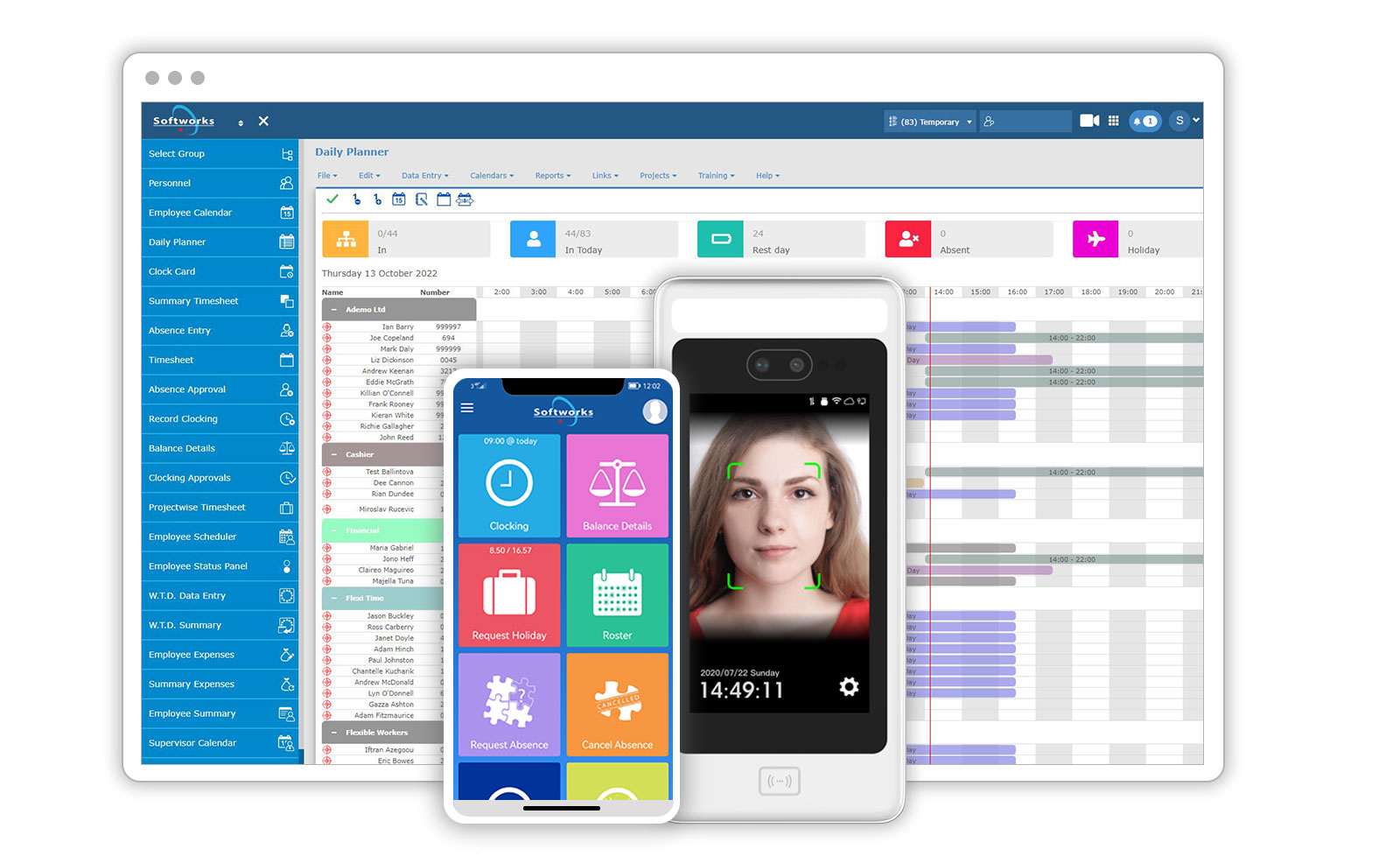Payroll-based journal (PBJ) reporting is a requirement that was introduced by the Centers for Medicare and Medicaid Services (CMS) in 2016. It is designed to ensure that nursing homes provide adequate staffing to meet the needs of their residents. The PBJ reporting system requires nursing homes to submit data on their direct care staff hours worked and resident census information.
What are the goals of PBJ system?
The purpose of the Payroll-based journal is to provide a more accurate and transparent way to track staffing levels in nursing homes. For that purpose, it’s trying to achieve the following goals:
ADEQUATE STAFFING LEVELS
One of the main goals of the PBJ system is to ensure that nursing homes are providing adequate staffing levels to meet the needs of their residents. Nursing home residents require a high level of care, and adequate staffing is necessary to ensure that their needs are met. By tracking staffing levels through the PBJ system, CMS can monitor compliance with federal regulations and identify nursing homes that may be understaffed.
TRANSPARENCY
Another goal of the PBJ system is to provide transparency for residents and their families. Nursing homes are required to post their staffing levels on a public website, which allows residents and their families to make more informed decisions about where to receive care. This information can also help nursing homes improve their quality of care by identifying areas where additional staffing may be needed.
DATA COLLECTION
In addition to tracking staffing levels, the PBJ system also collects data on the number of agency staff hours worked. This information can be used to identify nursing homes that rely heavily on agency staff, which may indicate a need for additional permanent staff.

Overall, the purpose of the PBJ system is to improve the quality of care provided to nursing home residents by ensuring adequate staffing levels and providing transparency for residents and their families. By tracking staffing levels through the PBJ system, CMS can help identify nursing homes that may need additional support and resources to provide high-quality care.
Overview of Payroll-based journal submission requirements
The PBJ system requires Long-term care facilities to electronically submit to CMS complete and accurate direct care staffing information, including information for agency and contract staff, based on payroll and other verifiable and auditable data in a uniform format according to specifications established by CMS.
Who is considered Direct Care Staff?
Direct Care Staff are those individuals who, through interpersonal contact with residents or resident care management, provide care and services to allow residents to attain or maintain the highest practicable physical, mental, and psychosocial well-being. Direct care staff does not include individuals whose primary duty is maintaining the physical environment of the long-term care facility (for example, housekeeping).
Submission requirements
The facility must electronically submit to CMS complete and accurate direct care staffing information, including the following:
- The category of work for each person on direct care staff (including, but not limited to, whether the individual is a registered nurse, licensed practical nurse, licensed vocational nurse, certified nursing assistant, therapist, or other types of medical personnel as specified by CMS).
- Resident census data
- Information on direct care staff turnover and tenure, and on the hours of care provided by each category of staff per resident per day (including, but not limited to, start date, end date (as applicable), and hours worked for each individual).
Distinguishing employees from agency and contract staff
When reporting information about direct care staff, the facility must specify whether the individual is an employee of the facility, or is engaged by the facility under contract or through an agency.
Data format
The facility must submit direct care staffing information in the uniform format specified by CMS.
Submission schedule
The facility must submit direct care staffing information on the schedule specified by CMS, but no less frequently than quarterly.
| Fiscal Quarter | Date Range |
|---|---|
| 1 | October 1 – December 31 |
| 2 | January 1 – March 31 |
| 3 | April 1 – June 30 |
| 4 | July 1 – September 30 |
Deadline
Submissions must be received by the end of the 45th calendar day (11:59 PM Eastern Time) after the last day in each fiscal quarter in order to be considered timely. Facilities may enter and submit data at any frequency throughout a quarter. The last accepted submission received before the deadline will be considered the facility’s final submission.
Accuracy
Staffing information is required to be an accurate and complete submission of a facility’s staffing records. CMS will conduct audits to assess a facility’s compliance related to this requirement.
Overall, the PBJ system captures a wide range of work performed by direct care staff in nursing homes, providing a comprehensive view of staffing levels and helping to ensure that nursing homes are adequately staffed to meet the needs of their residents.
How to manage PBJ reporting?
To effectively manage PBJ reporting, a comprehensive workforce management system should be implemented. Such a system should include the following features:
AUTOMATED TIME TRACKING
A workforce management system can help automate the tracking of employee hours and attendance, reducing the risk of errors in PBJ reporting. The system can also provide real-time visibility into staffing levels and help identify any gaps in coverage.
EMPLOYEE SCHEDULING
The system can help in creating accurate employee schedules based on the facility’s needs and can also track staffing changes as they occur. This information can be used to ensure that the facility is meeting the PBJ requirements for direct care staffing.
JOB TITLE AND TENURE TRACKING
The workforce management system can maintain up-to-date employee data, including job titles and tenure, which are critical for PBJ reporting.
REPORTING AND ANALYTICS
The system can generate detailed reports on employee hours, staffing levels, and other metrics that are required for PBJ reporting. This data can be used to identify trends, make informed decisions, and ensure compliance with PBJ requirements.
INTEGRATION WITH PAYROLL
The workforce management system can be integrated with the facility’s payroll system, which can help ensure accuracy and reduce the risk of errors in PBJ reporting.
Overall, a good workforce management system can help long-term care facilities comply with PBJ reporting requirements while also streamlining their workforce management processes. By automating time and attendance tracking, employee scheduling, job title and tenure tracking, reporting and analytics, and integration with payroll, long-term care facilities can ensure that they are accurately reporting their direct care staffing levels and meeting PBJ requirements.
Conclusion
Payroll-based journal (PBJ) reporting system is an essential tool introduced by CMS to ensure that nursing homes provide adequate staffing levels to meet the needs of their residents. By capturing data on the hours worked by direct care staff and agency staff, the PBJ system provides a comprehensive view of staffing levels, which helps identify nursing homes that may need additional support and resources to provide high-quality care.
To manage PBJ reporting effectively, long-term care facilities should implement a comprehensive workforce management system that includes features such as automated time and attendance tracking, employee scheduling, job title and tenure tracking, reporting and analytics, and integration with payroll. By doing so, facilities can ensure compliance with PBJ requirements while streamlining their workforce management processes.
Ultimately, the PBJ system helps promote transparency for residents and their families, improving the quality of care provided in nursing homes.
Request a free Demo!
Take the first step towards a complete workforce management solution. Talk to us today!
About Tomislav Rucevic
Tomislav Rucevic, an SEO Specialist at Softworks, stands out as more than just a marketer. He’s a fervent writer and influential thinker passionate about Workforce Management, HR, and work-life dynamics. Holding an MBA in Marketing, Tomislav excels in creating content that delves into the complexities of the modern workplace.
His dedication to writing on these topics is highlighted in his MBA thesis, which examined the link between Employee Motivation and Quality Improvement. At Softworks, he expertly merges his SEO skills with his writing prowess, contributing to the company’s digital success and advancing discussions on enhancing work environments and achieving work-life balance.









